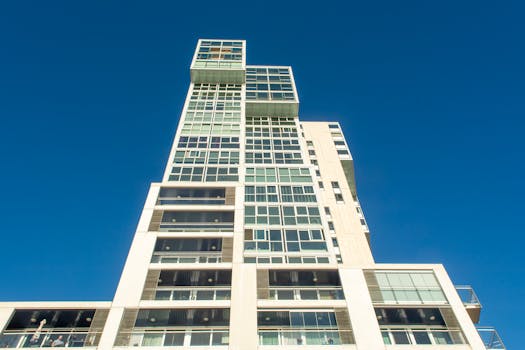
Urban Green Spaces: The Future of Outdoor Living in European Cities by 2025
Urban Green Spaces: The Future of Outdoor Living in European Cities by 2025 is a topic of growing importance as cities continue to expand and urbanize. As we approach 2025, it’s essential to consider the role of green spaces in shaping the future of outdoor living in European cities. In this article, we’ll explore the benefits, challenges, and innovative solutions for creating sustainable and livable cities.
Introduction to Urban Green Spaces
Urban green spaces refer to areas of vegetation, water, or other natural elements within urban environments. These spaces can take many forms, including parks, gardens, green roofs, and urban wetlands. Urban green spaces provide numerous benefits to both the environment and human health, including air and water purification, climate regulation, and mental health improvement.
Benefits of Urban Green Spaces
The benefits of urban green spaces are numerous and well-documented. Some of the most significant advantages include:
- Improved air quality: Urban green spaces can absorb pollutants and particulate matter, improving air quality and reducing the risk of respiratory diseases.
- Climate regulation: Green spaces can help regulate urban temperatures, reducing the urban heat island effect and mitigating the impacts of climate change.
- Mental health improvement: Spending time in nature has been shown to reduce stress, improve mood, and enhance cognitive function.
- Biodiversity conservation: Urban green spaces can provide habitats for urban wildlife, supporting local biodiversity and ecosystem services.
Challenges Facing Urban Green Spaces
Despite the numerous benefits of urban green spaces, there are several challenges facing their creation and maintenance. Some of the most significant obstacles include:
- Urbanization and land use: The increasing demand for urban land can lead to the destruction of existing green spaces and the prioritization of development over conservation.
- Funding and resource constraints: Creating and maintaining urban green spaces can be costly, and funding may be limited, particularly in resource-constrained cities.
- Climate change and extreme weather events: Urban green spaces can be vulnerable to climate-related stresses, such as droughts, floods, and heatwaves.
Innovative Solutions for Urban Green Spaces
To overcome the challenges facing urban green spaces, innovative solutions are being developed and implemented across European cities. Some of the most promising approaches include:
- Green infrastructure: Incorporating green spaces into urban infrastructure, such as green roofs, walls, and urban wetlands.
- Community-led initiatives: Engaging local communities in the creation and maintenance of urban green spaces, promoting ownership and stewardship.
- Technology and innovation: Leveraging technologies, such as urban forestry management software and green space monitoring systems, to optimize green space performance and maintenance.
Conclusion
In conclusion, urban green spaces are essential for creating sustainable and livable cities in European cities by 2025. While there are challenges facing their creation and maintenance, innovative solutions and community-led initiatives are being developed to overcome these obstacles. As we look to the future, it’s essential to prioritize the creation and conservation of urban green spaces, ensuring that they continue to provide numerous benefits for both the environment and human health.





